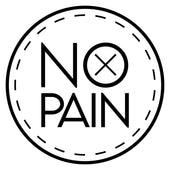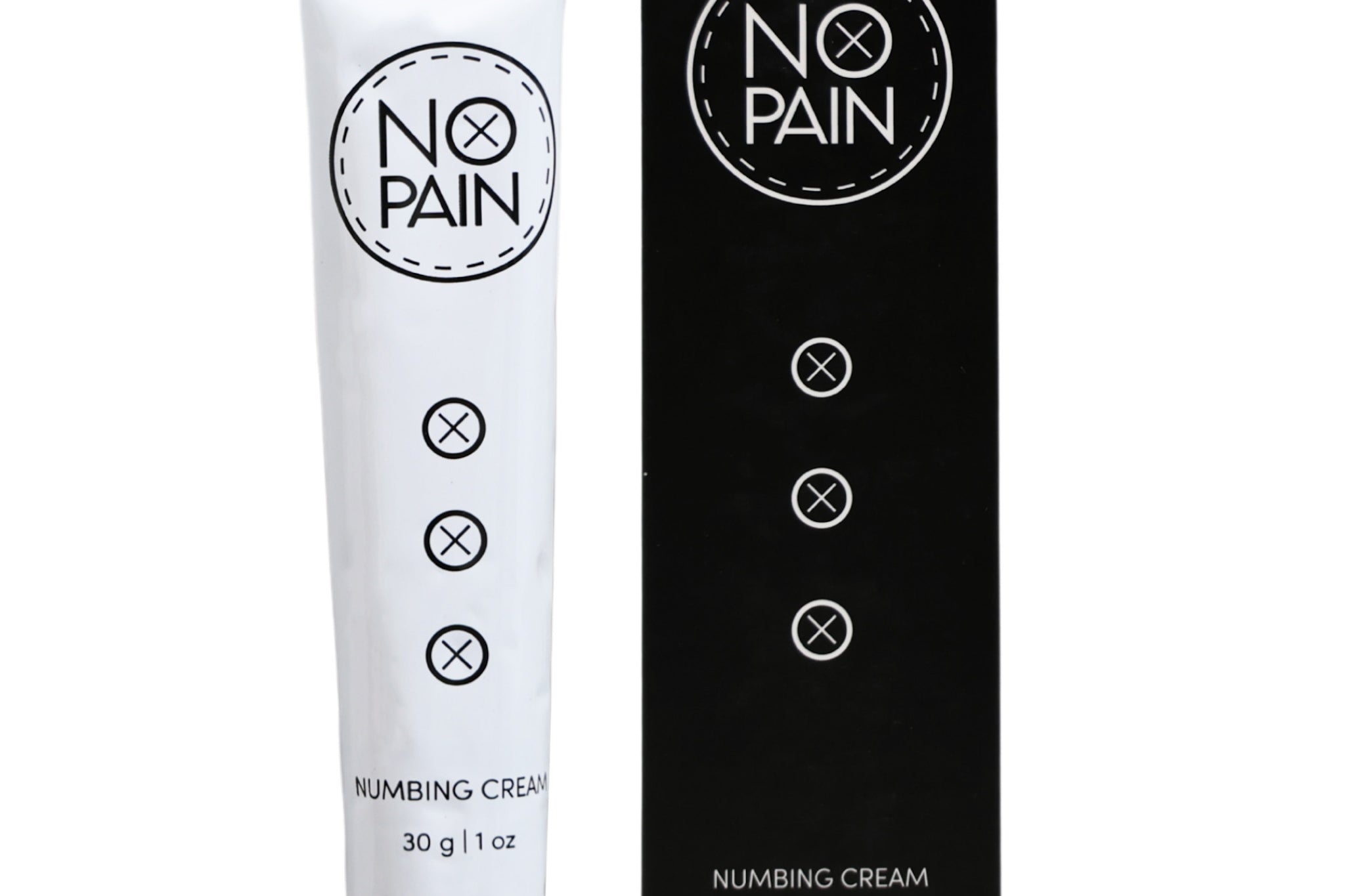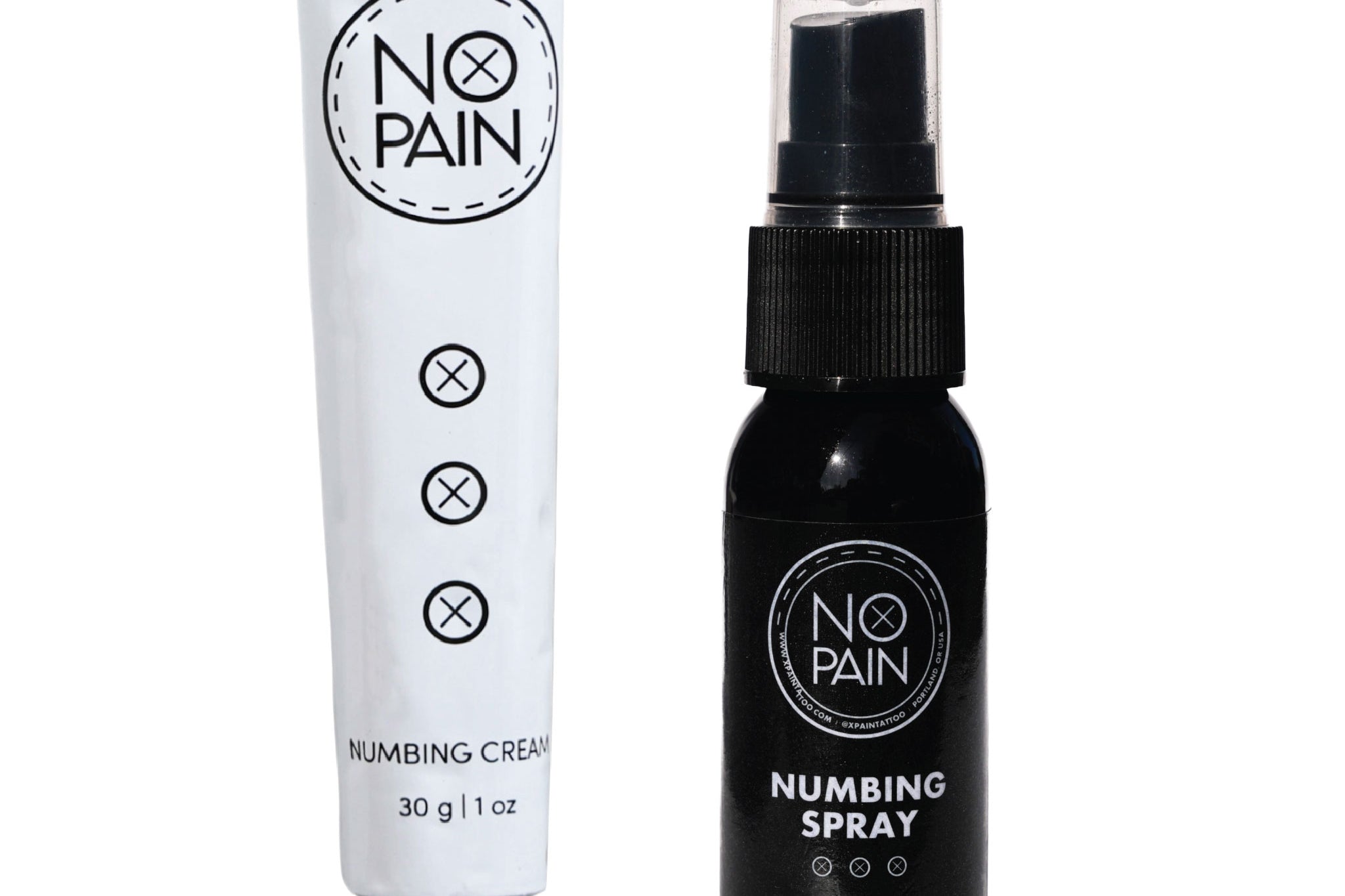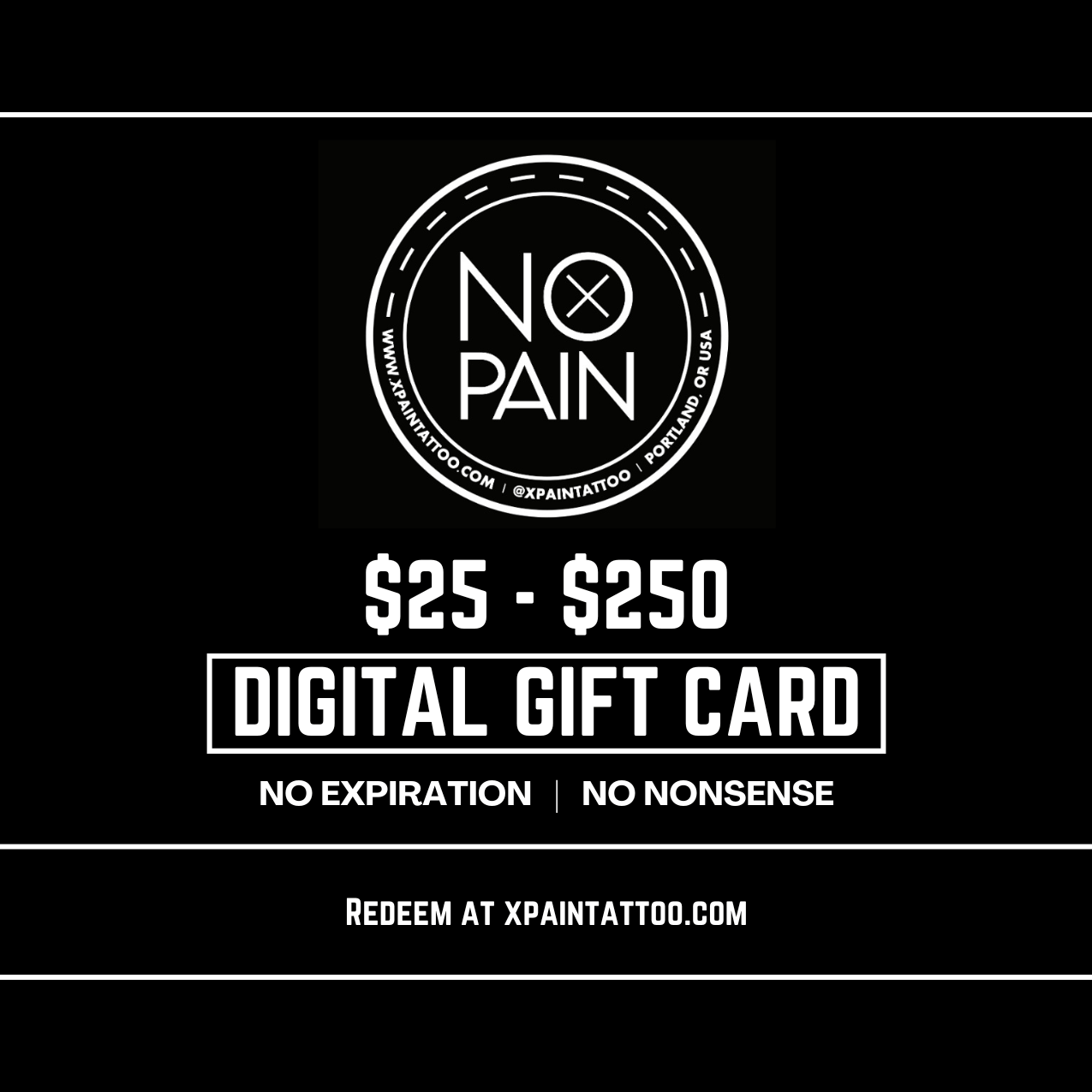On deck: your first tattoo, and you've even got a design in mind. Now comes the next big question: where should you put it? The placement of your first tattoo is a huge decision that will affect not just how it looks, but your entire experience.
To help you make a smart choice, we've created a definitive guide to the best and worst places for a first tattoo, based on the four factors that matter most: pain, healing, visibility, and longevity.
Before we dive in, here’s the golden rule of tattoo pain: More flesh, less pain. Areas with more muscle, fat, and thicker skin will almost always hurt less than bony areas with thin skin.
The "Best" Places for a First Tattoo
The best spots for a first tattoo generally have lower pain, are easy to care for, and give you control over who sees them.
1. The Outer Arm (Forearm & Bicep) - The Champion
-
Why it's great: This is the #1 recommended spot for a first tattoo, and for good reason. The pain is very low (2-4/10), it's easy to reach for cleaning and moisturizing, it heals quickly, and it can be easily covered with a sleeve if needed. It's the perfect canvas to start your journey.
2. The Thigh (Front & Outer)
-
Why it's great: This is another fantastic low-pain spot (3-5/10) thanks to ample muscle and fat. It's great for a larger first piece that you want to keep more private. Healing is straightforward as it's not a high-friction area.
3. The Calves
-
Why it's great: Well-padded with muscle, the back and sides of the calves are a solid choice with moderate pain (4-6/10). They are easy to cover with pants and heal relatively well.
The "Worst" (Most Challenging) Places for a First Tattoo
The "worst" spots for a first-timer are those with a combination of extreme pain, difficult healing, and/or high visibility. These are best saved for when you have more experience.
1. The Hands, Neck, and Face (The "Job Stoppers")
-
Why they're challenging: These are the most visible tattoos you can get, which can have real-world career implications. They are also high-pain, difficult to heal, and fade very quickly, requiring frequent touch-ups.
2. The Ribs, Sternum, and Stomach
-
Why they're challenging: These are some of the most painful places on the body (8-10/10). The intense pain, combined with the movement from breathing, makes for a very difficult first-time experience.
3. The Feet and Ankles
-
Why they're challenging: Extremely painful due to thin skin and all those tiny bones. The healing process can be a nightmare because of the constant friction from socks and shoes, and they are very prone to infection and fading.
4. The Elbows and Knees (and the "Ditches")
-
Why they're challenging: Very painful due to direct bone contact. The constant bending and creasing of the joint makes the healing process long and difficult, and these tattoos often require multiple touch-ups to look solid.
The Exception to the Rule: How to Make a "Bad" Spot a Good Experience
So what if your dream first tattoo is on one of the "worst" spots? Are you out of luck? Not at all. The biggest barrier for a first-timer on a tough spot is the intense pain. With modern tools, you can completely change that.
This is where our No Pain Tattoo Numbing Cream becomes a first-timer's best friend. It gives you the freedom to choose your placement based on aesthetics, not fear.
Thinking about that rib piece? Our numbing cream can take that 9/10 pain down to a manageable level, turning a grueling ordeal into a positive experience. It empowers you to get the tattoo you truly want, wherever you want it, with confidence.
The Verdict: For the easiest possible first tattoo experience, stick to the classics: the outer arm or the thigh. They offer the perfect balance of low pain and easy healing. But don't let a placement's tough reputation stop you from getting the art of your dreams. Understand the challenges, prepare for them, and use the tools available to make it a comfortable process.
No matter where you get your first tattoo, our No Pain Tattoo Aftercare Bundle will ensure it heals beautifully and becomes a piece you're proud of for a lifetime.




